A food forest, also known as a forest garden, is a nature-inspired food production system where various fruits, vegetables, and vegetation grow together. This results in a diverse, highly productive, sustainable ecosystem.
Remnants of ancient food forests exist in Central and South America, with centuries-old forest gardens still maintained in India and other parts of Asia.
An agroforestry system designed primarily for food production is considered a food forest in its simplest form. However, the actual appearance may vary considerably based on the region in which it is grown.
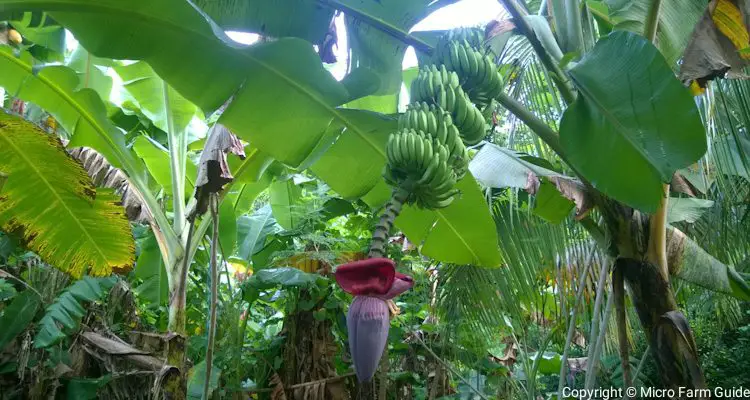
In this article, you’ll learn:
- What Is The Purpose Of A Food Forest?
- 3 Types Of Forest Garden Systems
- How To Start A Forest Garden
- What Can You Grow In A Food Forest?
- What Are The Benefits Of Forest Gardens?
Let’s Dive In!
What Is The Purpose Of A Food Forest?
While the primary goal of a food forest is food production, you will have to look at the bigger picture to understand the ultimate aim of the forest garden system.
The purpose of a food forest is to foster a sustainable environment in which humans can live in harmony with nature, with sufficient food, shelter, and other resources necessary to thrive. It aims to create a diverse ecosystem that acts as a favorable habitat for native plants and animal species.
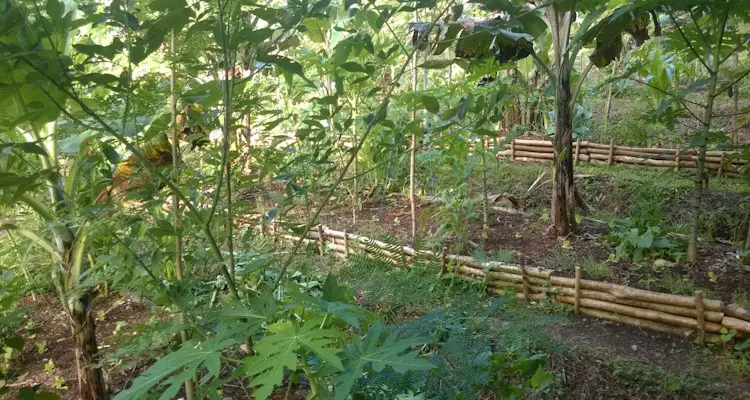
Ideally, the food forest should evolve with time, becoming more productive with each season, with little to no external input. This is evident in the ancient systems dating back to the Mayan civilization.
3 Types Of Forest Garden Systems
There is no superior food forest system since they all have similar goals. However, in recent years some systems have gained popularity on numerous social platforms, mass media, and online communities.
In our search for a suitable agroforestry technique to use on our farm, we came across three simple systems, which now act as the foundation for our projects. They are as follows:
- Syntropic Food Forest
- Permaculture Food Forest
- Subhash Palekar Five Layer Model
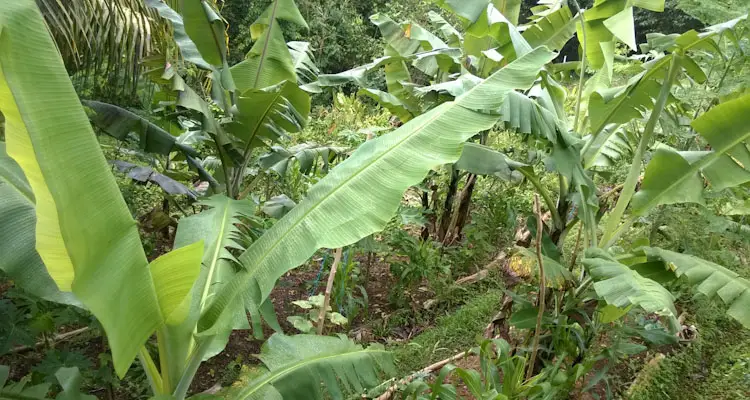
Each of these systems has its unique approach and guiding principles but shares similar purposes. Let’s take a closer look at them.
1. Syntropic Food Forest
The Syntropic Agroforestry System, developed by Mr. Ernst Götsch, provides a practical approach to creating a food production system that evolves into a forest over time. It is capable of delivering food in as little as 3 months.
One unique feature of Syntropic Food Forest is the synchronized pruning. This practice encourages rapid growth by stimulating microbial activities in the soil while allowing light to enter the system.
The syntropic food forest system was developed in Brazil, with many practitioners operating in tropical regions. However, the core principle has made it possible for Individuals to successfully adapt the system to arid and temperate regions.
2. Permaculture Food Forest
The Permaculture Food Forest system is based on the work of Mr. Bill Mollison. He included it as a part of a much larger design. He emphasized that this “home orchard” should be easily accessible to facilitate harvest and maintenance.
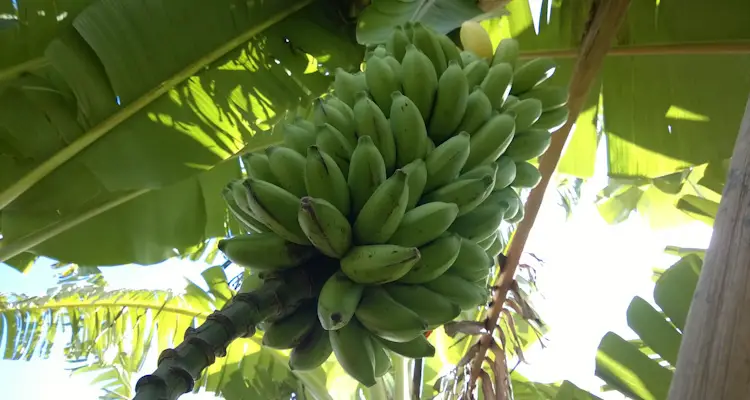
According to Mr. Mollison’s design, a food forest should be developed close to the house in an area designated zone two. This zoning is one of the defining characteristics of Permaculture Food forests. The food produced in the neighboring zones complements the food forest, which is made up primarily of perennial plants.
The original design of the Permaculture food forest seems to favor relatively large plots of land. However, this is scaled down by many enthusiastic to suit urban settings.
3. Subhash Palekar Five Layer Model
The Five Layer Model was developed by Mr. Subhash Palekar to provide a simple system that farmers can use to maximize their limited resources.
This Zero Bucket Natural Farming system, as it is also called, positions plants into a grid-like formation to optimize horizontal and vertical space. This results in various plants being placed in an orchard, which matures into a food forest over time.
Most of the Five Layer Model information seemed tailored to the Indian subcontinent, making it easy to adapt to similar tropical climates. Unfortunately, I could not find many English translations of the instructions. Thankfully, many of the diagrams were easy to understand.
Note: The similarities of these systems were odd since they were developed in different parts of the world, with little to no interaction between the founders. However, they all seem to draw inspiration from indigenous practices, observation, and experiments.
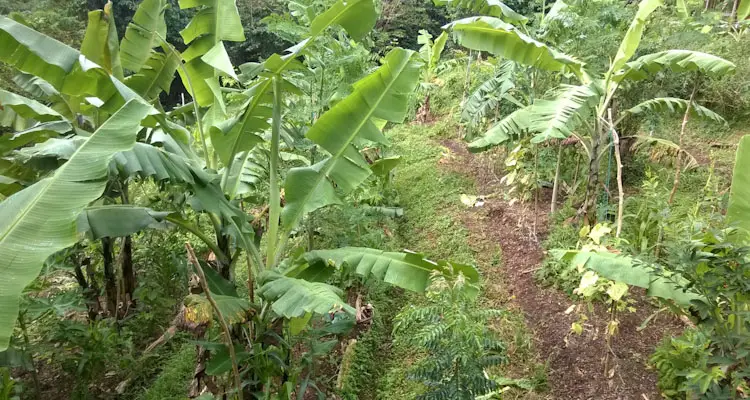
How To Start A Forest Garden
Starting a forest garden can be an exciting experience, which can quickly spiral into frustration. There is so much to learn, but you can avoid many time-consuming pitfalls with the right approach.
I’m not going to go into detail here since I’ve already covered this in the article How To Create A Syntropic Garden. However, I’ve simplified the steps below to give you a brief overview of the process.
Step 1: Choose A Forestry Method
Firstly, you need to know what resources you have to work with. This would include the land, money, time, and access to planting supplies.
In this step, you are more or less brainstorming, so don’t be afraid to allow your imagination to go wild. Feel free to visit actual forests and plant nurseries for inspiration.
By the end of this exercise, you should have an idea of possible plants and the best method.
Step 2: Create Your Garden Design
After choosing the method you intend to use, it is time to design your garden. You can get creative in this step, but remember your design is not set in stone.
You can make a quick sketch of your garden on paper or computer. Remember that this is only a guide and will change as you do actual work on the garden.
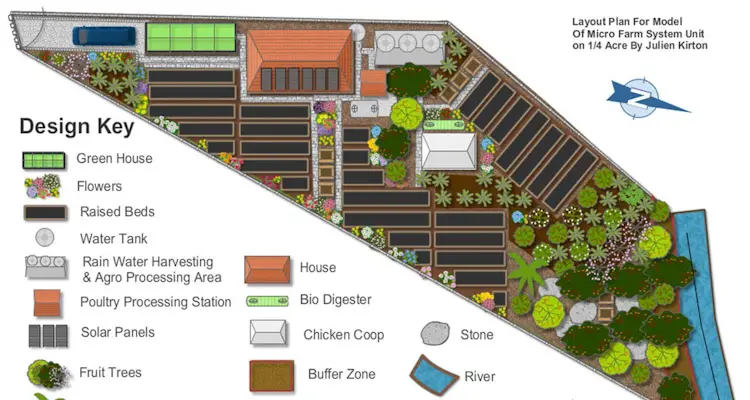
In some instances, you will need to allow the terrain of the land to guide your design. The result is often much more impressive than anything you could imagine.
Step 3: Prepare The Ground
This is possibly the most critical step of the entire process and usually takes time, money, and energy.
Transfer your design from paper to the actual area. You can do this by placing markers to identify key points such as trees, walkways, drainage, etc. Then excavate the site to your desired shape using either hand tools or a small tractor.
Once this is done, you can add compost, mulch, or other amendments to the surface. Take your time preparing the ground, as this is usually done only once in your food forest system.
Step 4: Plant Your Garden
At this point, you should already have a good idea, or even a list, of what you would like to plant, the spacing, and position in your garden. Purchase your seeds and seedlings from reputable suppliers to avoid surprises in years to come.
Ideally, you should plant everything in as short a period as possible. Start by planting crops that cause the most soil disturbance. For example, you may wish to plant bananas and fruit trees before vegetable seedlings of seeds.
Don’t worry if you are not able to plant everything at once. You can always fill in the spaces at a later date. Your main aim is to get started.
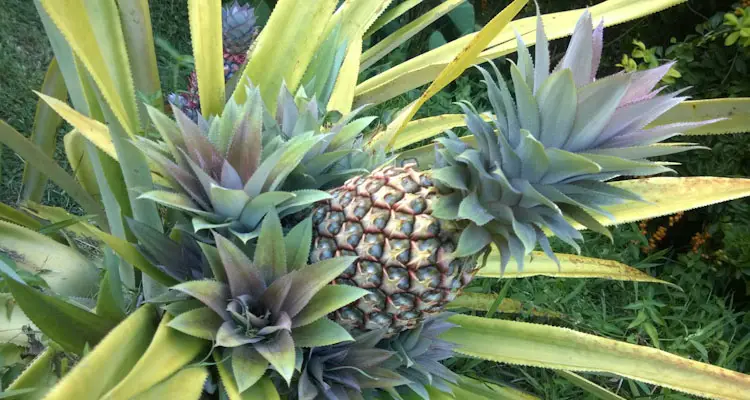
What Can You Grow In A Food Forest?
When I first learned about food forests, I was instantly captivated by the idea of creating one in my backyard. However, I had to research what I could grow in my system since not everything I saw online works in my region.
In a food forest, you can grow an assortment of fruits, nuts, vegetables, herbs, and even timber trees suited to the climate and available space. The resulting micro-climate makes it possible to grow some exotic plants that would otherwise struggle in your region. For example, cool weather crops such as cabbages and broccoli thrive amid tropical food forests, provided they receive enough light.
Ideally, you should grow an assortment of plants that you like to eat. This will make the process more enjoyable, allowing you to be patient as you wait for them to mature. Choosing grafted plants provides quicker results and ensures that you get plants with favorable traits but may limit diversity.
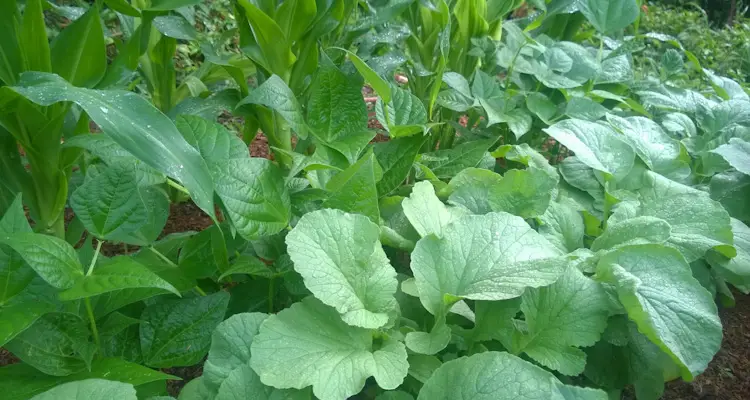
Note: In some instances, your preferred plants may not be well-adapted to your region, but you can still experiment. You might be pleasantly surprised by the results or, at the very least, uncover some tasty alternatives.
What Are The Benefits Of Forest Gardens?
Forest gardens receive mixed reviews partly due to individual experiences. A poorly planned system can result in a loss of time, energy, and performance. However, the benefits of a well-designed and maintained system are genuinely priceless.
Food forests create favorable microclimates conducive to continuous food production while limiting water loss through evaporation. These systems provide an enjoyable working environment, possibly reducing physical labor and inputs over time.
Of course, some of these benefits vary from system to system. For example, a syntropic food forest garden requires regular maintenance but little to no agricultural inputs after the second year. Whereas the plants in the Five Layer Model are more or less free to grow as they please but receive an ongoing application of organic fertilizer.
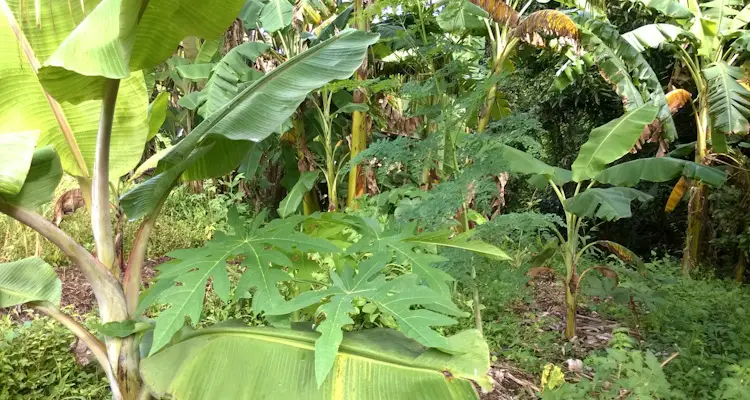
However, differences aside, the soil that develops on the floor of the food forest is usually full of life. This allows the system to become self-sufficient over time.
Final Thoughts
In recent years, the term “food forest” has gone mainstream through the efforts of permaculture advocates and enthusiasts. These systems have been promoted as a possible solution to food shortages and climate issues.
While these claims have some merit, many people question whether such systems can feed the world without occupying much of the land needed for progress.
Ultimately, we do not know what the future holds or whether or not there will be a mass adaptation of food forest systems. However, we can play our parts in sharing the information necessary to make this a reality.
Related Questions
What Is The Difference Between A Food Forests And Forest Farming?
A food forest is a food production system designed and grown to provide edible plants, herbs, and timber. In contrast, Forest farming is the practice of using existing forests to grow food, herbs, and spices. While the two systems have a similar purpose, the method used to obtain these results differ considerably.
References
FAO. Zero Budget Natural Farming In India. fao.org. Accessed April 2022
Discover Permaculture With Geoff Lawton The Forested Garden: What Is A Food Forest? [Video] Youtube. Uploaded April 2019
Hart, Robert. Forest Gardening: Cultivating An Edible Landscape. Green Books, Ltd. 1991
Adam Nz. Syntropic Agroforestry Resources. adam.nz. Accessed April 2022
